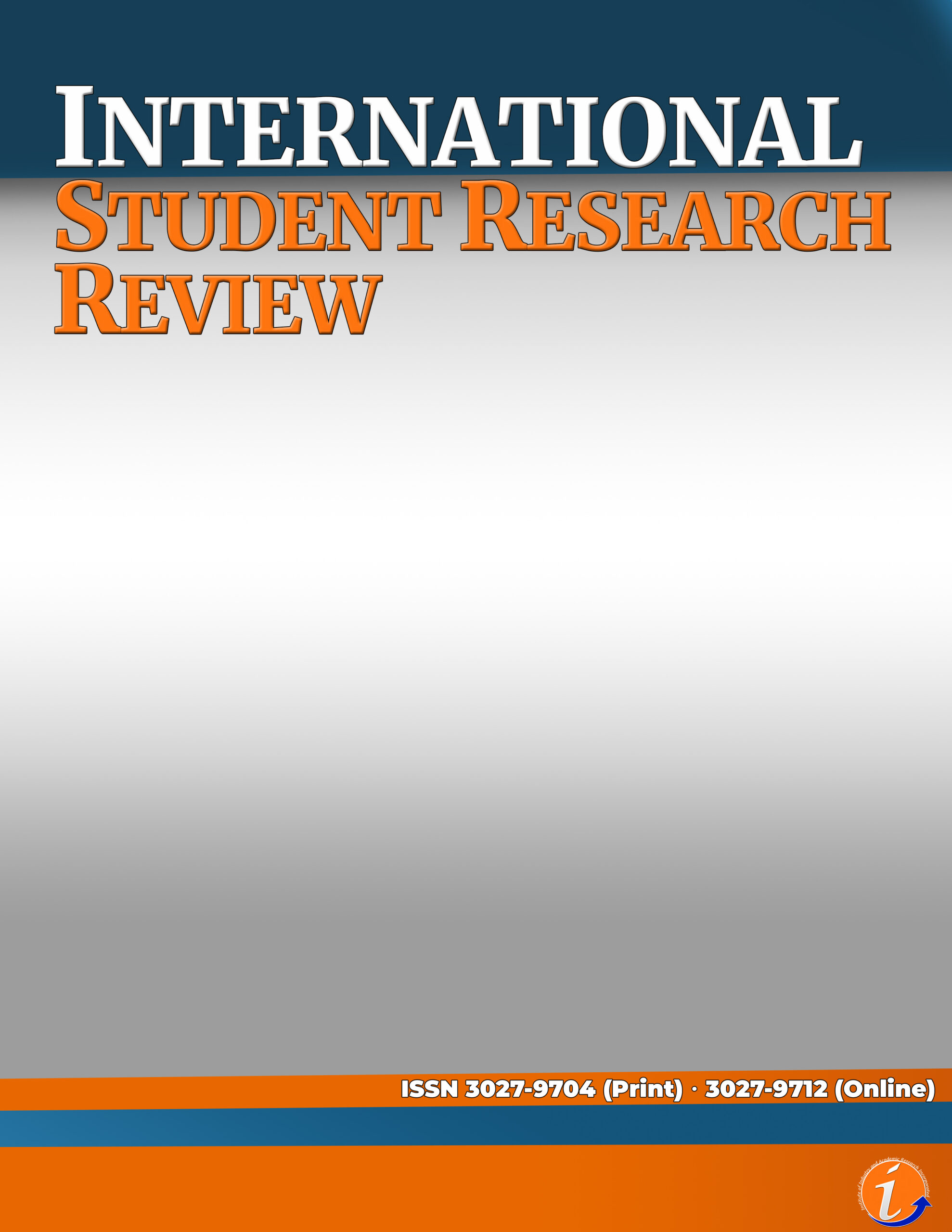Abstract
This study was conducted to test the compressive strength of concrete hollow blocks prepared from three treatments with upcycled plastics as partial replacement to choker aggregates, find out which proportion of concrete hollow blocks with upcycled plastics was the most acceptable in terms of compressive strength, and ascertain the cost analysis of concrete hollow blocks. The study used Randomized Complete Block Design (RCBD) replicated three times composed of the three proportions with upcycled plastics and the control group cured in 28 days. The Universal Testing Machine (UTM) was used to test the compressive strength. Results of the study showed that the control group had a highest compressive strength. Treatments B and C had equal compressive strength. Treatment C had the lowest compressive strength of 2.00 MPa. The results of all treatments passed the minimum compressive strength of 1.50 MPa. In addition, the masses of the concrete hollow blocks in all treatments, including the control group were lightweight. As to cost, results indicated that the concrete hollow blocks prepared from 0% upcycled plastics obtained the lowest price in terms of cost analysis. With these results, the use of concrete blocks using upcycled plastics as construction materials in projects is highly forwarded. Concrete and manufacturing industries may also venture into the production of concrete blocks using upcycled plastics to encourage backyard economy, recycle wastes, and help in the conservation of the environment.
Keywords: concrete hollow blocks, compressive strength, upcycled plastics, choker aggregates, cost analysis
References
Bhandar, P. (2021). A guide to ethical considerations in research. https://www.scribbr.com/ methodology/research-ethics/
Binag, N. (2016). Powdered shell wastes as partial substitute for masonry cement mortar in binder, tiles and bricks production. International Journal of Engineering Research and Technology (IJERT), 5 (7), 2278-0181
Cabahug, R., Bacol, J., Lagutin, P. G., Luniza, L. J., Mamon, G. C., & Pilapil, P. N. E. (2016). Crumb rubber tire as a partial replacement for fine aggregates in concrete hollow blocks. Mindanao Journal of Science and Technology, 14, 18-24.
Cabarle, K. (2023). Concrete hollow blocks (CHB) guaranteed best construction material Philippines’ Prices. https://constructph.com/concrete-hollow-blocks-chb-construction-material-philippines-prices/
De Jesus, R., Pelaez, E. B. & Cañeca, M. C. (2017). Experimental study on the mechanical behavior of concrete beams with shredded plastics. International Journal of Geomate, 14 (42), 71-75.
Department of Public Works and Highways (DPWH), Memorandum Order 230, Series of 2016, III, 1-6. https://www.dpwh.gov.ph/dpwh/sites/default/files/issuances/DO_230_ s2016.pdf
Dutta, S., Nadaf, M. B. & Mandal, J. N. (2016). An overview of the use of waste plastic bottles and fly ash in civil engineering applications. Procedia Environmental Sciences, 35, 681-691.
Guial, T.A & Jalbay, D.A. (2017). A comparative study of the compressive strength of concrete hollow blocks using river and sea sands. International Journal Current Research, 9(5), 50906-50909.
Galang, (2018). How to solve the waste plastic problem one eco brick at a time? The Business World. https://www.bworldonline.com/editorspicks/2018/11/06/197272/how-to-solve-the-waste-plastic-problem-one-ecobrick-at-a-time/
Jibrael, M., & Peter, F. (2016). Strength and behavior of concrete contain waste plastic. Journal of Ecosystem and Ecography, 6(2), 1-4.
Kabir, S.M.B. (2018). Research Design. www.researchgate. net/publication.
Lejano, B., Ang, R. J. & Dagdagan, V. J. (2019). Partial cement replacement with fly ash and powdered green mussel shells for masonry blocks with plastic waste aggregates. DLSU Research Congress: Knowledge Building Towards Industry 4.0.
Madlangbayan, M., Lasco, J.D., & Sundo, M. (2017). Compressive strength and bulk density of concrete hollow blocks (CHB) with polypropylene (PP) pellet as a partial replacement for sand. Civil Engineering Journal, 3(10), 821-830.
Muyen, Z., Barna, T. N., & Hoque, M. N. (2016). Strength properties of plastic bottle bricks and their sustainability as construction materials in Bangladesh. Progressive Agriculture, 27 (3), 362-368.
Peng, B., & Yu, W. (2018). A micromechanics theory for homogenization and dehomogenization of aperiodic heterogeneous materials. Composite Structures, 199, 53-62.
Praveen, M., Ambika K. P., Pavithra, P., Barried, T., & Varsha P. (2016). A comparative study on waste plastics incorporated concrete blocks with ordinary concrete blocks. International Research of Journal of Engineering and Technology (IRJET), 3(5), 1894-1896.
Safinia, S. & Alkalbini, A. (2016). Use of recycled plastic water bottles in concrete blocks. Creative Construction Conference, 115-119.
Shiri, N. D., Ranjan, V.K, Pais, N. L. & Naik, V. (2015). Processing of waste plastics into building materials using a plastic extruder and compression testing of plastic bricks. Journal of Mechanical Engineering and Automation, 5 (3B), 39-42.
Singh, L. B., Singh, L. G., Singh, P. B. & Thokchom, S. (2017). Manufacturing bricks and waste plastics. International Journal of Engineering Technology Management and Applied Sciences, 5 (3), 426-428.
Shoubi, M. V., Shoubi, V. M. & Barough, A. Z. (2013). Investigating the application of plastic bottles as a sustainable material in building construction. International Journal of Science Engineering and Technology Research, 2 (1), 28-34.
Teves, C. (2018). Waste treatment facility urgently needed in Boracay. Philippine News Agency. https://www.pna.gov.ph/articles/1032831
The Constructor (2022, August). Standard specifications of hollow and solid concrete blocks. https://theconstructor.org/concrete/hollowsolidconcreteblocksspecification/
Waroonkun, T., Puangpinyo, T., Tongtuan, Y. (2017). The development of a concrete block containing PET plastic bottle flakes. Journal of Sustainable Development, 10 (6), 186-199.
Wonderlich, S.M. (2014). Strength of concrete masonry units with plastics bottle cores. Published master’s thesis, Kansas State University, Manhattan, Kansas.
Ullah, M.I. (2019). Basic statistics and data analysis: Randomized complete block design. https://itfeature.com/design-ofexperimentdoe/randomized-complete-block-design













